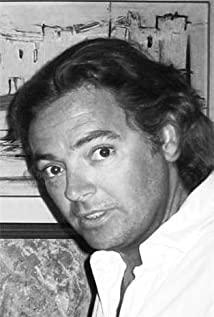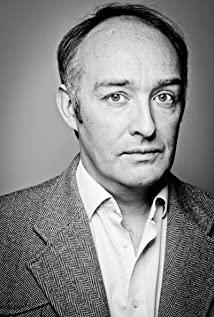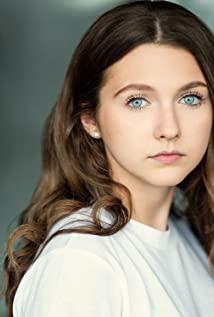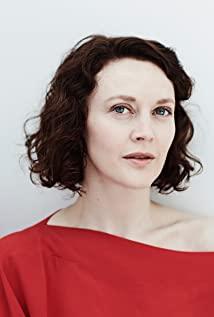——The film inscribed
"Alice in Wonderland" is adapted from Lewis Carroll's novel of the same name, but the plot and character setting are quite different from the original. Back in 2010, Alice in Wonderland, directed by Tim Burton, gave Alice a new identity. At this time, Alice is an adult, facing the pressure of future marriage, and the suitor is the hypocritical and ridiculous Hamish from a high society. When she was unwilling to accept and dare not break free, Alice entered the dream again. According to the accounts of many characters in the dream, we know that Alice has been here many times since she was a child. And this time, our protagonist Alice has an important task of defeating the dragon and regaining dominion for the White Queen. After that, the development of the story went quite smoothly, and Alice also completed a "heroic feat" without any suspense.
In this version of the story, Alice is no longer an innocent child, but a young girl who has just entered society. The arranged marriage proposal is closely related to the interests of the family. This setting is not uncommon in British stories, but it is innovative in Alice's. Disney's work in recent years has been "animated/live-action", and its enduring princess series is constantly sparking new trends. Whether intentionally or unintentionally, the image of New Alice (beautiful, dignified, well-born, and of course a little rebellious) fits the usual image of the heroine of a Disney princess story. When Rapunzel escaped from the tower and rescued the prince, when red-haired Melissa used her courage to achieve Brave, and when Elsa and Anna defeated the evil prince with their own power—Alice at this time was no longer sitting quietly in the tree. Alice, who was drinking tea and reading a book. As early as six years ago, Alice was able to slaughter a giant dragon by herself and complete a girl's "adult ceremony", but now, Alice, who has grown up, is an excellent navigator, using three years of sailing experience to travel through time and save Mad Hatter. Having said that, I want to hit the pause button first.
Who is the prince?
I just mentioned that Alice in the new version is close to Disney's previous princess image. Since there is a princess, there can be no prince. Of course, it is not difficult for everyone to see the hazy emotions between Alice and the Mad Hatter in this version of the story. The Mad Hatter was creative as a child, and after Battle Day, became a little crazy. Remember that sentence? "The best people are a little crazy." That's what Alice's father said to little Alice, and it was the central line of the first film. Crazy more than the Mad Hatter? Is it more than Alice who is crazy? The Mad Hatter in the dream contrasts with Alice in the real world, and both of them are regarded as different. "Why is a duck like a round table?" (the original text is "Why is a crow like a writing desk?", I don't know how the Chinese translation became like this =_=) The question that has no answer, does not need a conventional dance, and has some on the Mad Hatter Alice's shadow.
The theme of the second part has changed from "growing up" to "family", which is conventional but not outdated. There are three parallel family stories in the movie: 1. The dispute between Alice and her mother; 2. The Mad Hatter's thoughts about her family and the crux of her childhood; 3. The many years of grievances between the Red and White Queen. The root causes of the problems of these three groups of families are the estrangement caused by the incomprehension of the family members when they were young. The result of the time travel is that Alice learns that the Mad Hatter's family still exists, living under the control of the Red Queen. Regarding this, I think it can be understood that the affection does not disappear, it is just hidden in a place you don't know (the little blue paper hat/smaller family), and it will reappear when it is suitable ( The heavy makeup that occurs naturally when the Mad Hatter regenerates health -_-|||). As for Alice, she also regained her family's trust and understanding, and joined hands with her mother on the road to the rise of women's rights (probably a misnomer, don't shoot). The similarity between Alice and the Mad Hatter has been mentioned before. In the journey of time, isn't Alice's behavior a redemption for herself? (Whether inside or outside the dream, she has successfully solved family problems.)
Who is the big head?
This "big head" refers to the "Bloody Big Head" Red Queen. In fairy tales, there can be no villains.
Yes, close to the point. The new Alice's enemies aren't all that bad. The estrangement between Alice and her mother continued from the first to the second, and the pressure from her mother was also one of the incentives for Alice to keep walking into the dreamland. In the dream, the Red Queen is naturally the leading villain. Due to childhood misunderstandings, the Red Queen has been tyrannically engaged in politics for many years. In essence, the situation of the Red Queen is only a result of environmental persecution. From this point of view, there is no real bad guy in the story, and the traditional "bad guy" image has been weakened in the new story. At the end of the film, the red and white queen shakes hands and makes peace, and the close relationship between Alice and her mother is restored. The important status and role of women in society in the
new princess era is no longer a new issue.
Disney capitalized on this trend early on. Husbands and children are not the whole life of women, and women's free emotions and thoughts are equally important. In the story with Alice as the protagonist, women are no longer weak, passive images, replaced by new independent women. In the mirror world, Alice's good friend (or "Prince", which needs to be investigated further), the Mad Hatter fell into a mental predicament. In order to save the Mad Hatter, Alice followed the guidance of others and went to the Castle of Time alone to save it. plan. With her own sailing experience, Alice completed the rescue mission and solved the problems she encountered in the real world.
In this way, it is not impossible for the princess to save the prince. Of course, women have more exclusive specialties, and they don't have to be the same as men everywhere, but at least Disney has taken this step, and more people will take this step in the future. How did that song come about? "Just like magic, I'll be flying free / I'mma disappear when they come for me / I kick that ceiling, what you gonna take? / No one can be just like me anyway".
View more about Alice Through the Looking Glass reviews











